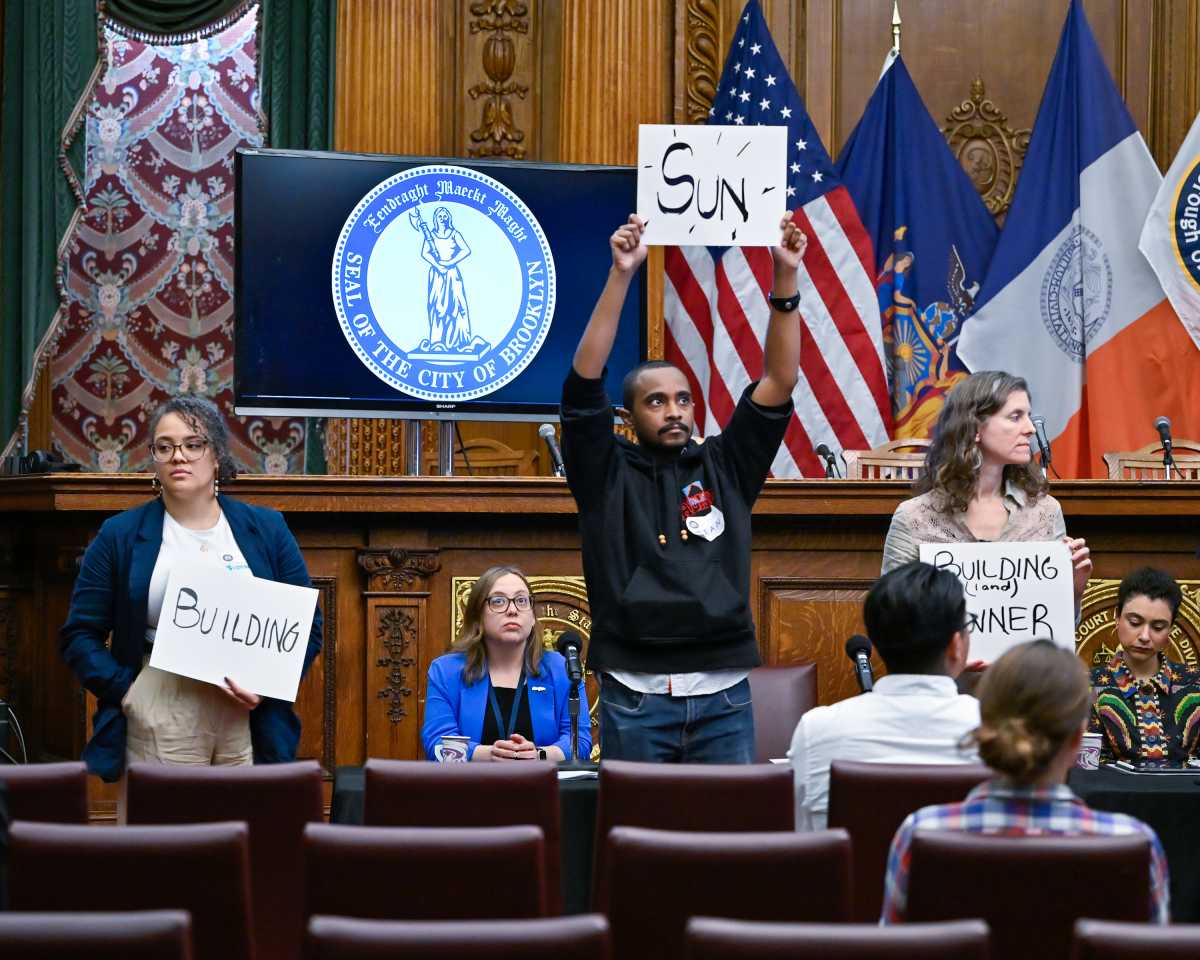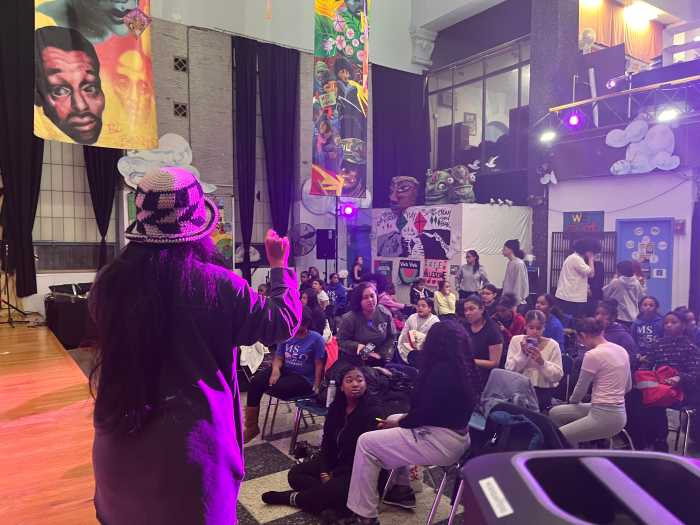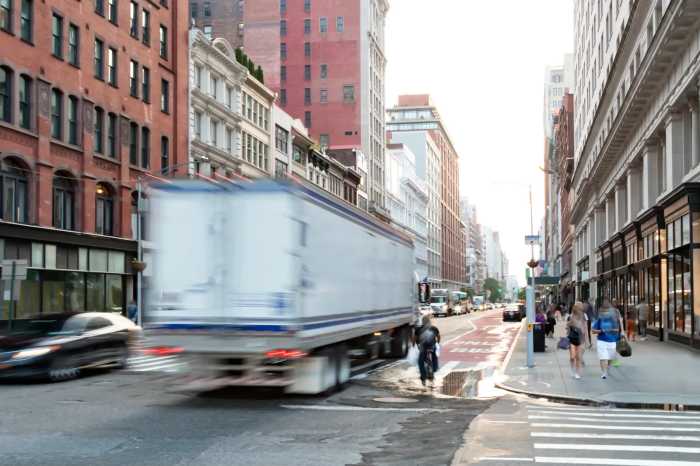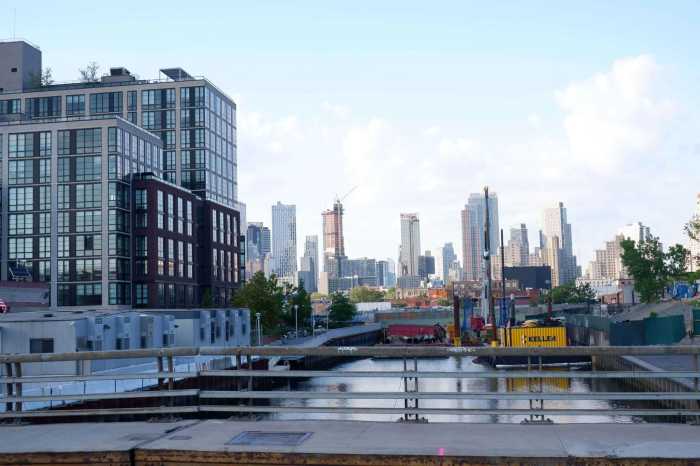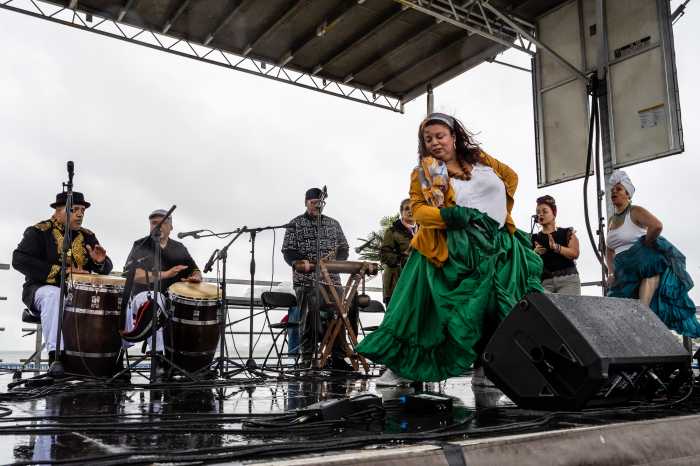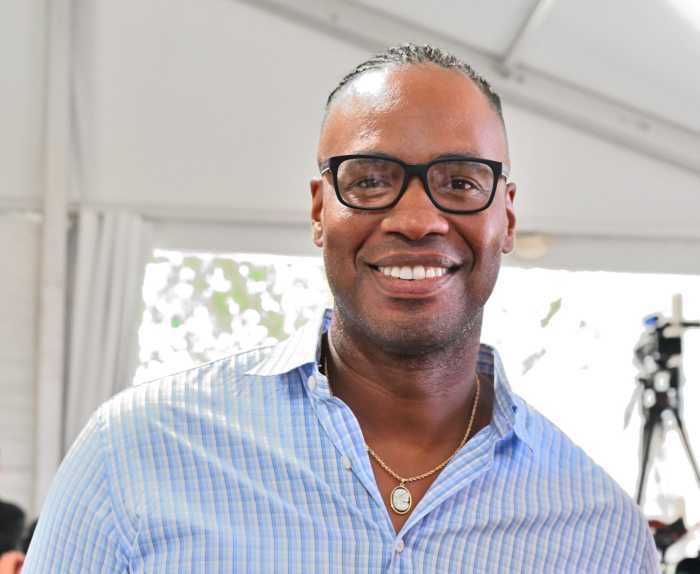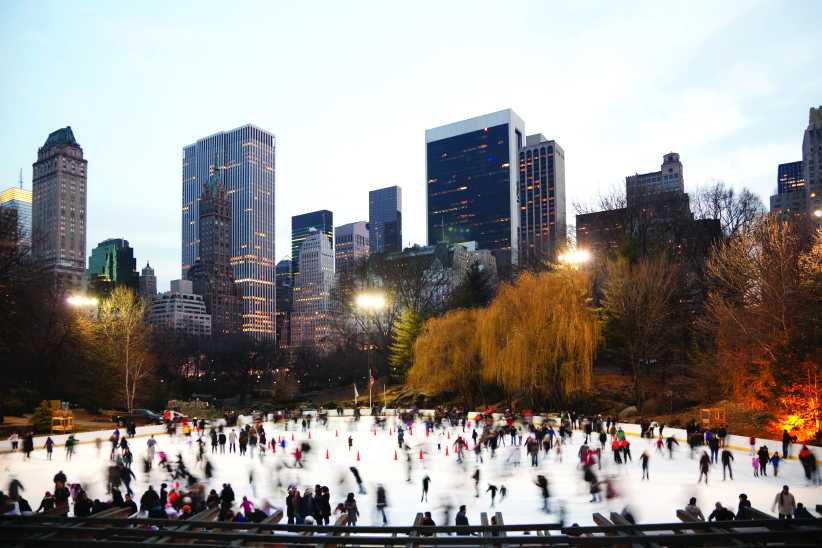Climate organizers, experts, and advocates gathered at Brooklyn Borough Hall on April 28 for a day of panels and presentations focused on the borough’s climate future.
In the wake of the Trump administration’s rollback of climate regulations and cuts to climate grants, experts emphasized the importance of building coalitions among grassroots movements and organizations working to save the planet.
Panels discussed how communities play a role in creating and sustaining green spaces in partnership with nonprofit organizations and government agencies, meeting energy demands using sustainable energy for a resilient future, how data can address disparities in underserved communities and lead to change, and how to plan for Brooklyn’s climate future.
The panel on “Rethinking Energy Demand: Community-Led Solutions for a Resilient Future” examined innovative interventions like virtual power plants that aggregate distributed energy resources to create grid stability, shutting down polluting peaker plants, and making solar energy more accessible — particularly in underserved communities.
J. Phillip Thompson, an urban planner, political scientist, and professor of urban planning and politics at the Massachusetts Institute of Technology, highlighted the importance of community energy planning and virtual power plants, which benefit both the environment and communities.
Virtual power plants, he said, would reduce electricity costs for low-income people while creating a greener, healthier environment in low-income areas.
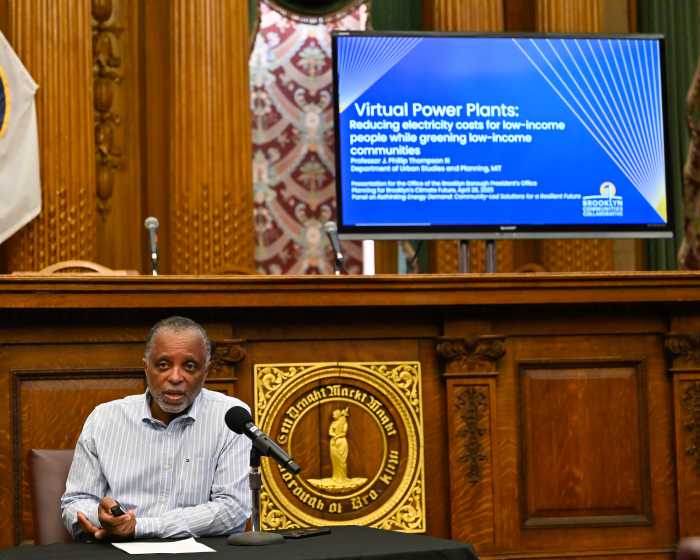
Thompson, who sits on the board of directors of Brooklyn Communities Collaborative (BCC), pointed to the power of community organizing, citing One Brooklyn Health, which prevented the shutdown of 12 essential hospitals serving low-income neighborhoods. With community participation, he said, creating virtual power plants in Brooklyn’s underserved communities would help fight and mitigate climate change and inequality — making the community part of the energy planning process.
“Through organizing, that’s how we got One Brooklyn Health and Brooklyn Communities Collaborative came out of that,” Thompson said. “We want to build that kind of network and trust in the community. Because at the end of the day, what makes a virtual power plant is trust and agreement amongst people in the community that they want to participate because they don’t feel it’s a rip-off. They trust the people they’ve been part of the process, etc. That’s the whole key.”
Jinean Robinson, community solar and engagement lead at RETI Center, emphasized the importance of community involvement in renewable energy projects such as solar energy.
“For everyone in this room, there’s a way that you can be an active participant in making sure that our energy is clean and we hit our 2030 net-zero goals,” Robinson said.
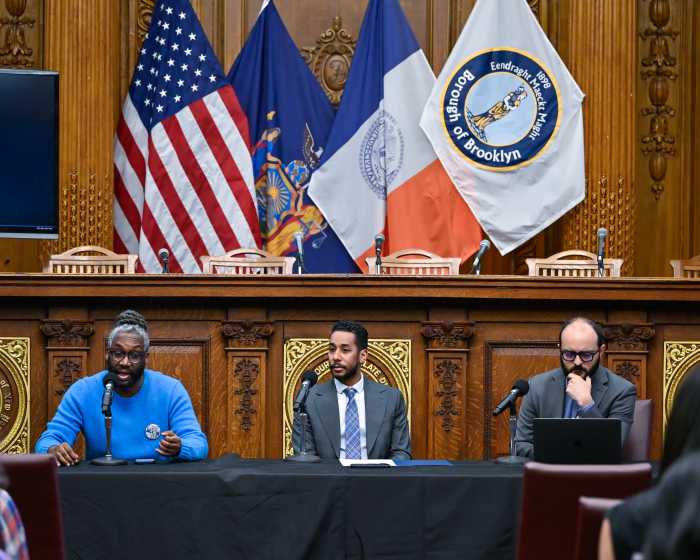
Theodore Moore, executive director of the Alliance for a Greater New York, and Brooklyn Borough President Antonio Reynoso said elected leaders need to take bolder steps to invest in sustainable infrastructure and community-driven solutions.
“I don’t think we’re bold enough when it comes to climate infrastructure. I think we have a bunch of middle-of-the-pack people that don’t really understand the urgency of needing to do this, but also the potential of it all,” Reynoso said. “We’re not innovative enough, and we don’t think big enough about the potential that exists. And when we don’t do that, we don’t lead.”
Moore said the lack of investment in green infrastructure has held back the rise of a new “green middle class.” According to the 2024 New York Clean Energy Industry Report, New York State created a record high of 178,000 clean energy jobs by the end of 2023 — an increase of 7,700 jobs compared to the previous year.
“The next step is for us to really start to connect the environmental justice to the labor justice, and the next phase, which is the economic justice, because that’s really who we’re leaving out in a lot of these sustainability efforts — low-income, Black and brown people across the city,” Moore said.


